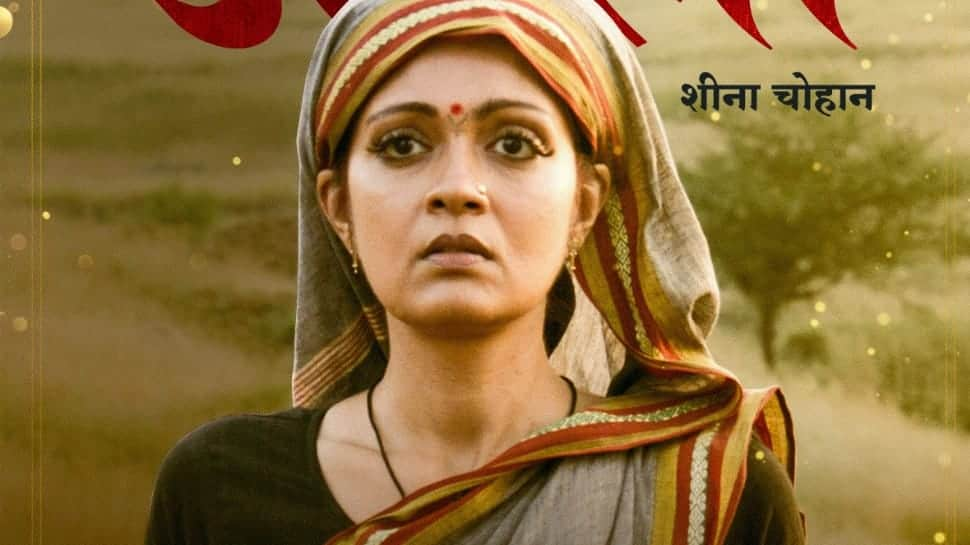50 years since the Emergency: 5 essential films that captured the moment

5 essential films that captured the Emergency period in India
| Photo Credit: IMDB
It’s been fifty years since Prime Minister Indira Gandhi declared a state of Emergency in the country, suspending civil liberties, censoring the press, and arresting thousands without trial. For twenty-one months, the world’s largest democracy turned brittle, as state-sanctioned control seeped into bedrooms, classrooms, and sterilisation clinics. While textbooks have often treated the Emergency with a careful detachment, cinema has offered a more visceral archive. Through satire, allegory, and personal grief, filmmakers captured what it meant to live under a regime that asked its people for silence and compliance.
These five essential films document, interrogate, mourn, and even mock the Emergency period. Some were shelved, others destroyed, and a few slipped through the cracks of censorship. Half a century later, their resonance feels cautionary still.
Hazaaron Khwaishein Aisi (2003)
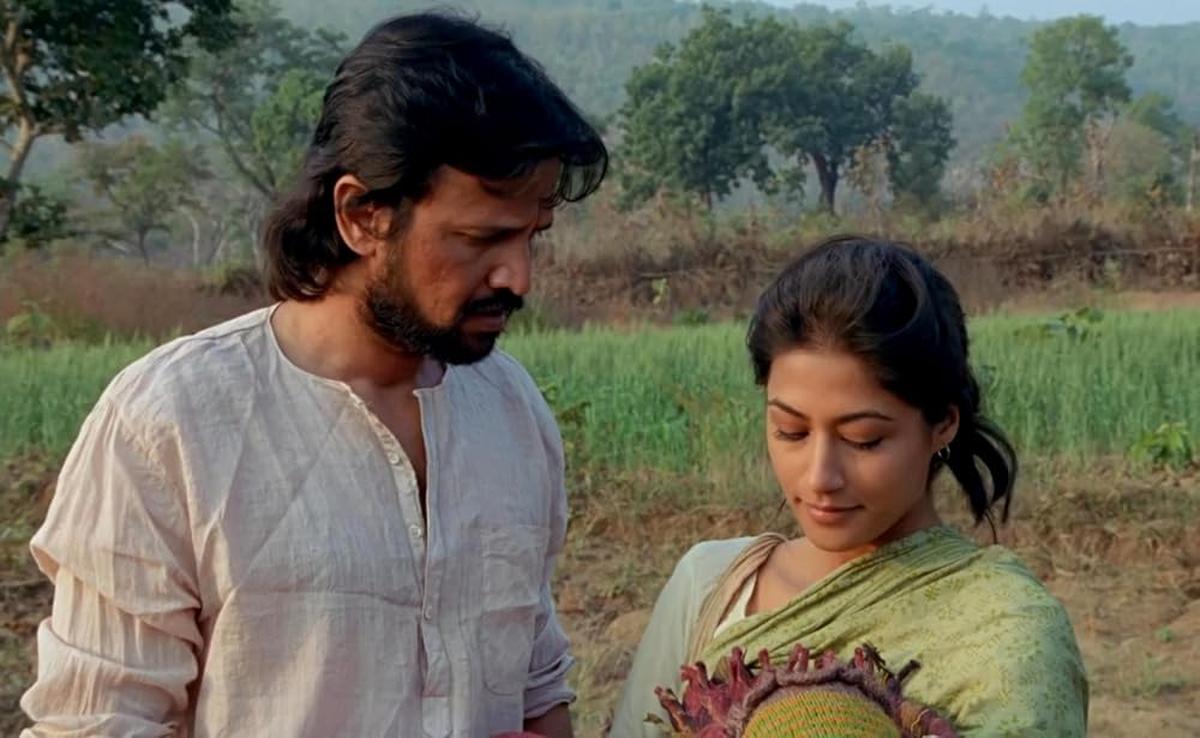
A still from ‘Hazaaron Khwaishein Aisi’
| Photo Credit:
IMDB
Sudhir Mishra’s Hazaaron Khwaishein Aisi explores three young lives entangled in the political, emotional, and ideological turmoil of the Emergency. Set in the 1970s, it traces the intersecting paths of Siddharth, a Naxalite revolutionary; Vikram, an opportunistic fixer; and Geeta, a privileged woman torn between love and rebellion. Through their stories, the film delves into the disillusionment of a generation caught between the romanticism of revolution and the brutality of state power.
Kissa Kursi Ka (1977)
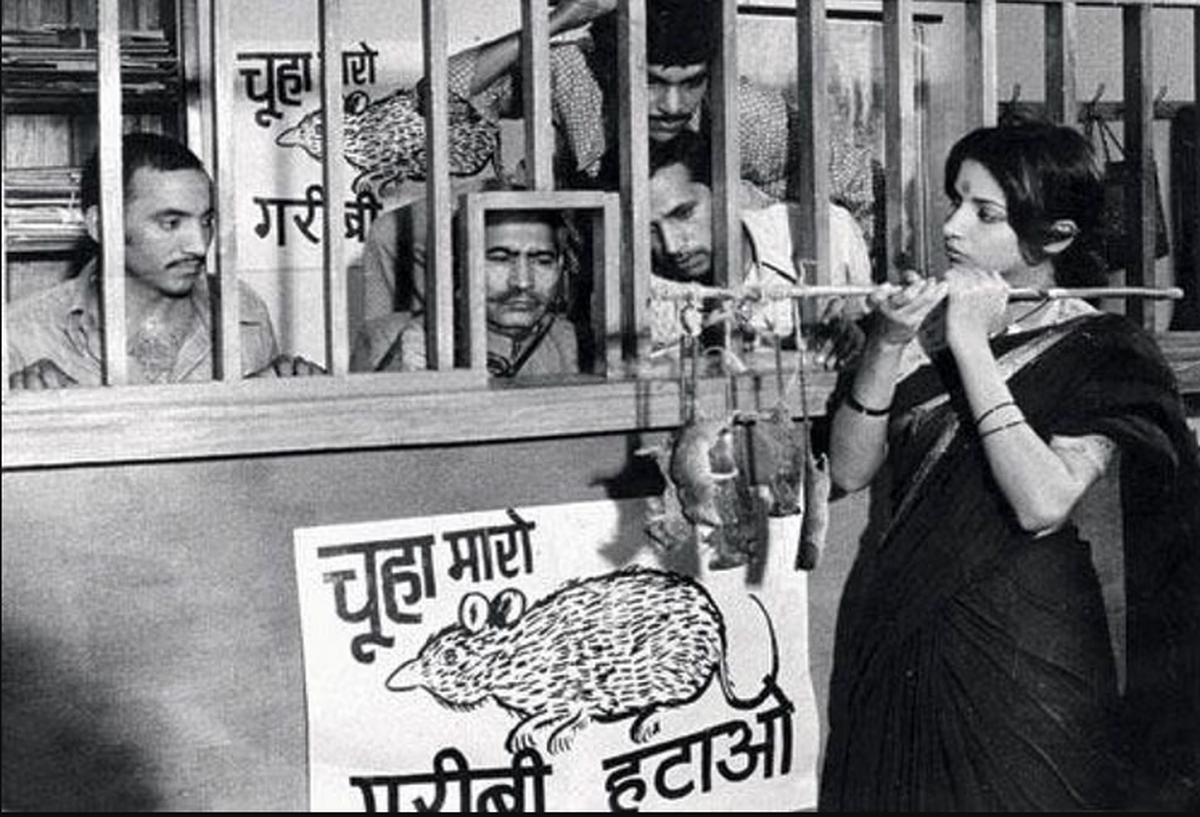
A still from ‘Kissa Kuris Ka’
| Photo Credit:
IMDB
A blistering satire directed by Amrit Nahata, Kissa Kursi Ka is one of the most infamous victims of censorship during the Emergency. The film lampoons authoritarian politics and state propaganda through the character of Gangaram, a naive politician manipulated by the powerful and corrupt. With thinly veiled caricatures of Indira Gandhi and Sanjay Gandhi, the film’s critique of dynastic rule and media control felt so pointed that all existing prints were ordered destroyed by the government.
Aandhi (1975)
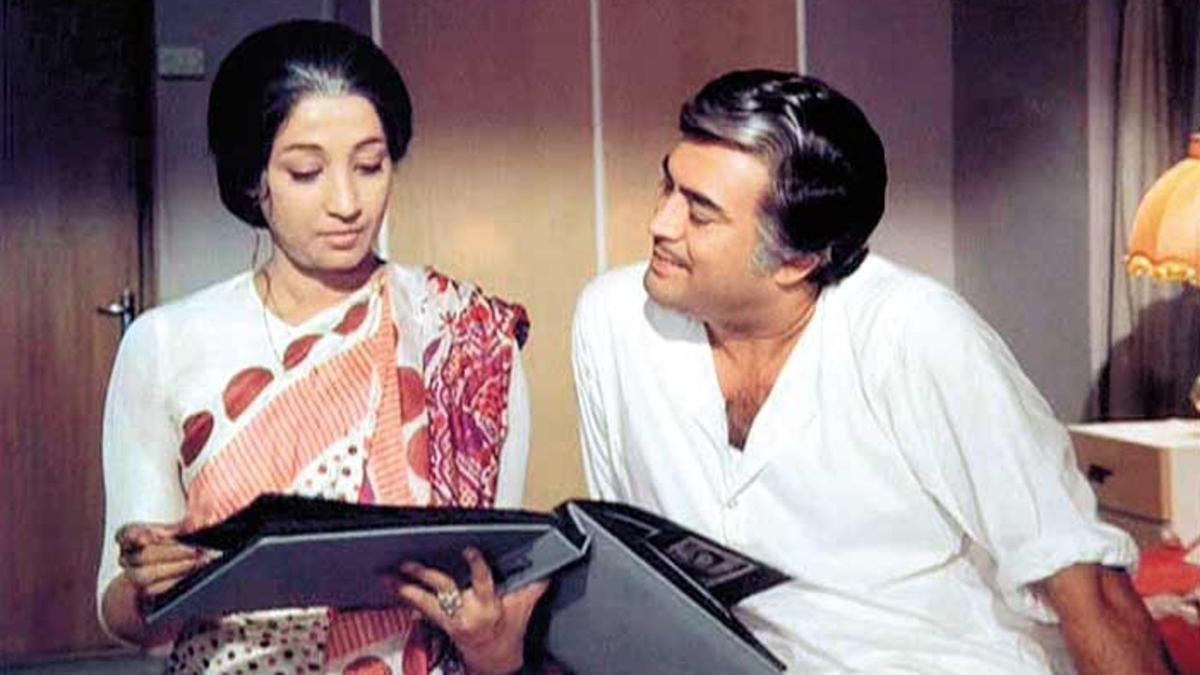
A still from ‘Aandhi’
| Photo Credit:
IMDB
Directed by Gulzar, Aandhi is a subtle yet potent film that uses a personal love story to reflect on political power and public perception. Though not explicitly set during the Emergency, it was released just as the political climate was tightening, and its protagonist — a strong, stoic female politician — bore such striking resemblance to Indira Gandhi that the film was banned midway through its theatrical run.
Piravi (1989)
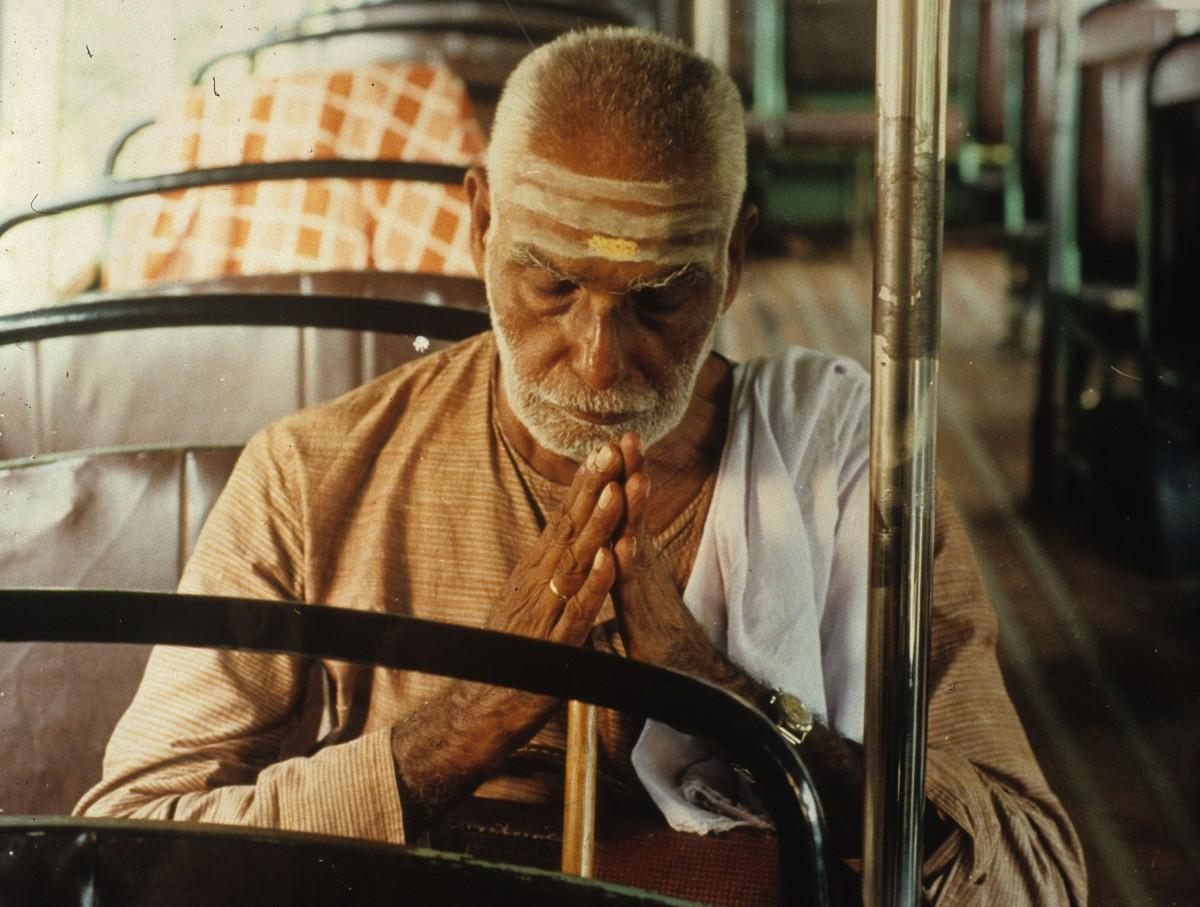
A still from ’Piravi’
| Photo Credit:
IMDB
Shaji N. Karun’s Piravi portrays the loss and bureaucratic indifference during the Emergency. Inspired by the real-life disappearance of a student allegedly tortured and killed in police custody in Kerala, the film follows a father’s futile search for his missing son. Piravi premiered at Cannes in 1989, where it won the Camera d’Or – Special Mention, and went on to garner acclaim at festivals in Locarno, Chicago, and London.
Nasbandi (1978)
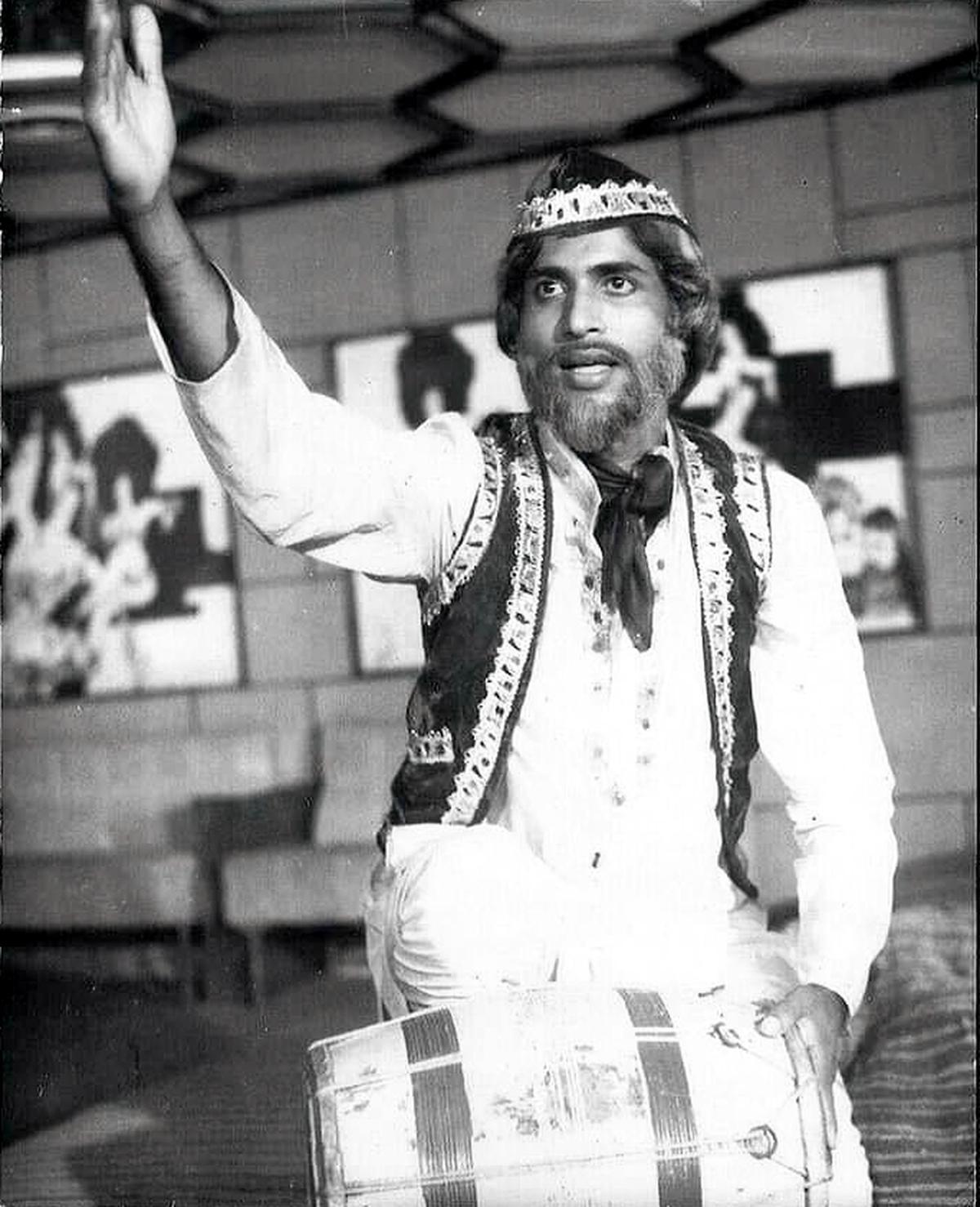
A still from ‘Nasbandi’
| Photo Credit:
IMDB
I. S. Johar’s Nasbandi takes direct aim at one of the most infamous legacies of the Emergency: Sanjay Gandhi’s mass sterilisation campaign. A musical political satire, the film uses parody and slapstick to mock the coercive family planning drives, portraying a fictional India where every male citizen is hunted down for vasectomy. Johar cast lookalikes of major Bollywood stars to circumvent censorship, and the film’s irreverence led to it being immediately banned upon release.
Published – June 25, 2025 02:49 pm IST







